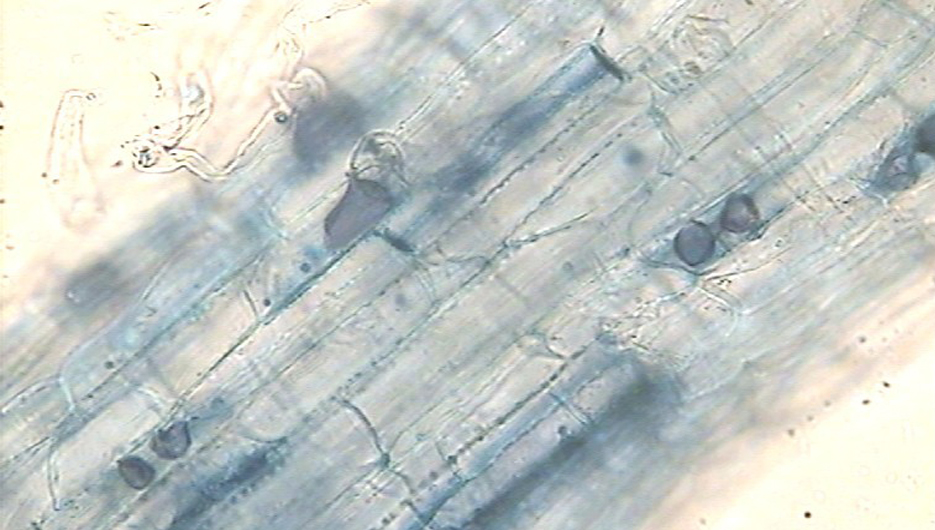
Mycorrhizals, is a word that comes from the Greek, mycos and rhizos (root) and is the symbiosis between a fungus and the root of a plant, in fact the vast majority of plants in nature are mycorrhizal, they are symbionts. Only a few plant families do not mycorrize.
In this symbiosis the fungus takes carbohydrates from the plant it produces through photosynthesis and the plant receives from the fungus great benefits, the most obvious, water and nutrients.
This symbiosis occurs when the hypfas of the fungus come into contact with the roots of the plants and occurs in two ways, either by wrapping the root as if it were a crochet glove or penetrating inside the root, in the first case we talk about ectomizorrizas and in the second case of endomycorrizas.
Ectomicorrizas are the best known because the fruiting of the fungus gives rise to the well-known mushrooms (Níscalos, Boletus, Mushroom, etc.), while endomicorrizas are unknown because they are not seen with the naked eye, despite the great benefits they produce. Within the endomicorrizas there is a very special group called arbusculars because when the hypfas penetrate into the root they penetrate the cells and form shrubs that can be observed under the optical microscope and that is where the exchange of materials occurs between the plant and the fungus.
At Clean-Biotec we have been working passionately with arbuscular mycorrhizals for three years, looking for them in nature, ousting them and reproducing them for use in horticultural crops to obtain healthier, drought- and pest-resistant and more productive plants.
Learn more at Clean-Biotec
laboratorio@clean-biotec.com
(+34) 941 238 261
www.clean-biotec.com


